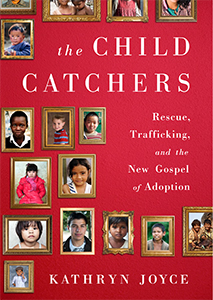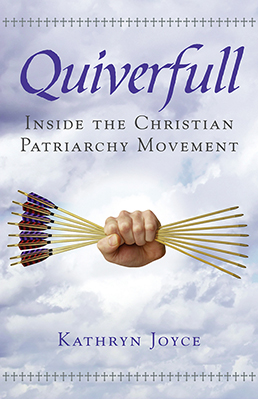New story up at Cosmo:
Shortly after Nikki Villavicencio gave birth via C-section, there was a complication. Her daughter, Alexandria, was coughing up blood, and Alley’s stomach was swelling. Nikki’s doctors wanted to transfer Alley to the children’s hospital across town. Already afraid for their baby, Nikki and her partner, Darrell Paulsen, panicked. Both parents have significant physical disabilities: Nikki, then 27, has arthrogryposis, a condition that immobilizes some of her joints. She uses her feet for almost all functions people typically perform with their hands, from texting to handling utensils to applying makeup. Darrell, then 42, has cerebral palsy, which affects muscle tone and movement. Because they both use wheelchairs, they couldn’t ride with Alley in the ambulance.
“At this point, we didn’t know what the heck was going on with Alley — if she was dying or what,” says Nikki. Darrell’s brother shuttled Nikki and Darrell to the children’s hospital one at a time — and when they arrived, they said they encountered a very different reception than the warm support at the hospital where Nikki delivered. The staff at the children’s hospital complained that their wheelchairs took up too much space in the exam room, and a social worker told them the staff were only there to care for Alley, not her parents. The nurses also made it clear they would not help Nikki breastfeed. (Nikki remembers thinking, We didn’t want you to, but OK.) They even suggested Darrell wait in a separate room, down the hall.
“We said, ‘No, he’s her parent,’” Nikki says, “’he has every right to be here.’” (The hospital did not return request for comment.)
Although doctors would ultimately find that Alley was completely fine, the experience was a reminder of a reality that many mothers with disabilities face. “As a person with a disability and as a woman, I always felt the world didn’t see me as a caretaker,” Nikki says, but rather, “someone who needs to be taken care of.”







